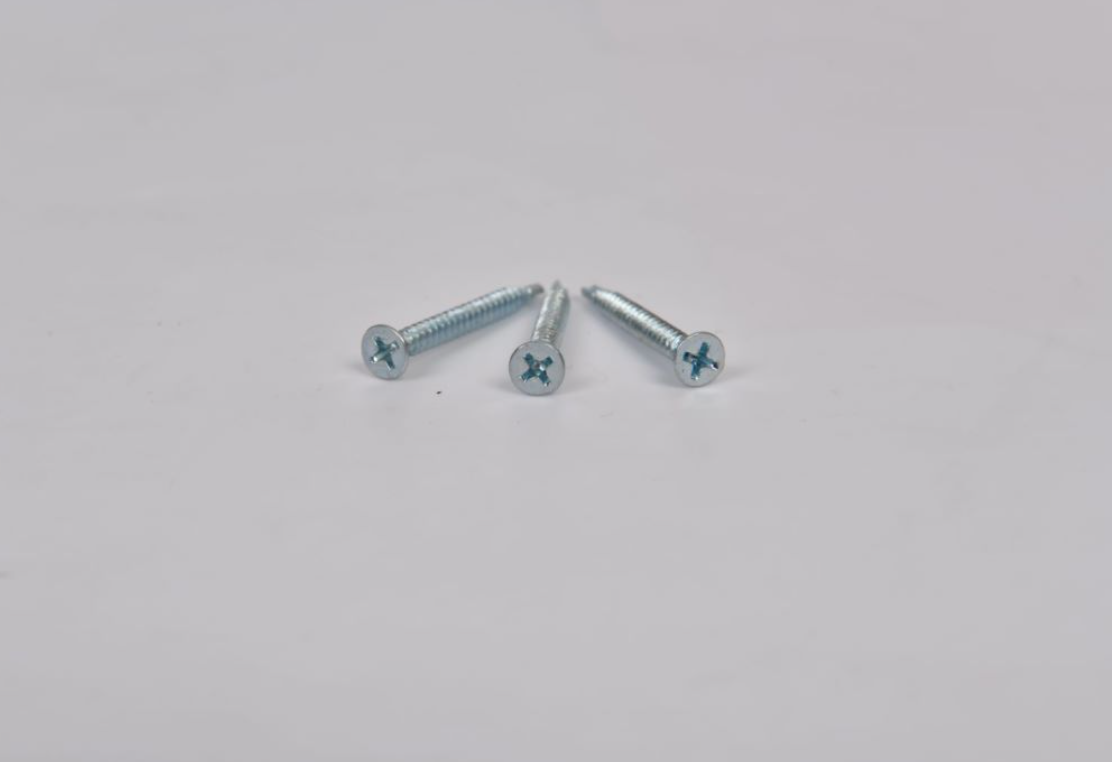metric flat washer sizes
Understanding Metric Flat Washer Sizes A Comprehensive Guide
In the world of engineering and construction, fasteners play a crucial role in ensuring structural integrity and reliability. Among these fasteners, flat washers are often overlooked but are essential in distributing loads, preventing damage to surfaces, and providing a smooth bearing surface for nuts and bolts. This article delves into metric flat washer sizes, offering insights into their dimensions, applications, and importance in various projects.
What is a Flat Washer?
A flat washer is a thin, disk-shaped piece of metal or plastic that serves as a spacer or load distributor. It is typically placed underneath a nut or bolt head to prevent damage to the material being fastened and to provide a larger surface area for load distribution. Flat washers also help in reducing the likelihood of loosening due to vibration.
Importance of Using the Right Size
Choosing the correct size of flat washer is critical for ensuring a secure and stable connection. Using a washer that is too small can lead to inadequate load distribution and potential damage to the workpiece, while an oversized washer may not fit properly, compromising the fastener's effectiveness. Metric flat washer sizes are standardized, which simplifies the selection process for engineers, builders, and DIY enthusiasts.
Common Metric Flat Washer Sizes
Metric flat washers are available in various sizes, which are typically denoted by two key measurements the inner diameter (ID) and the outer diameter (OD). The thickness of the washer is also an important factor to consider. Here are some common metric flat washer sizes
- M3 Washer This washer has an inner diameter of 3 mm and an outer diameter of approximately 7 mm, with a thickness of about 0.5 mm. Suitable for small screws and bolts, it is widely used in electronics and light machinery. - M4 Washer With an inner diameter of 4 mm, an outer diameter of 8 mm, and a thickness of 1 mm, the M4 washer is commonly used in fastening components in automotive and appliance manufacturing.
metric flat washer sizes

- M5 Washer The M5 washer features a 5 mm inner diameter and generally measures 10 mm in outer diameter with a thickness of 1-2 mm. It is versatile and used in medium-sized machinery and equipment.
- M6 Washer This washer has a 6 mm inner diameter and a roughly 12 mm outer diameter, with varying thicknesses. It is frequently utilized in structural applications, such as steel framing.
- M8 Washer The M8 washer boasts an inner diameter of 8 mm and an outer diameter of 16 mm, with a typical thickness of around 2-3 mm. Ideal for larger bolts, it finds applications in construction and heavy machinery.
Material Considerations
Flat washers are made from various materials depending on the application requirements. Steel, stainless steel, and plastic are common materials, with each offering unique benefits. Stainless steel washers provide corrosion resistance, making them suitable for outdoor applications, while plastic washers can prevent galvanic corrosion in dissimilar metals.
Conclusion
Understanding metric flat washer sizes is essential for anyone involved in engineering, construction, or DIY projects. The right washer size, material, and thickness ensure the effectiveness of fastening systems, thereby enhancing structural integrity and safety. When selecting flat washers, it's beneficial to consider the specific requirements of the application, including load distribution, resistance to corrosion, and the type of fastener being used. By making informed choices, professionals and enthusiasts alike can ensure that their projects not only meet but exceed industry standards.
In conclusion, while flat washers may seem like minor components, their role in load distribution and protection of surfaces cannot be overstated. By familiarizing yourself with metric flat washer sizes and their applications, you step towards mastering the complexities of fastening technology, ultimately contributing to the success of your endeavors.
-
Top Choices for Plasterboard FixingNewsDec.26,2024
-
The Versatility of Specialty WashersNewsDec.26,2024
-
Secure Your ProjectsNewsDec.26,2024
-
Essential Screws for Chipboard Flooring ProjectsNewsDec.26,2024
-
Choosing the Right Drywall ScrewsNewsDec.26,2024
-
Black Phosphate Screws for Superior PerformanceNewsDec.26,2024
-
The Versatile Choice of Nylon Flat Washers for Your NeedsNewsDec.18,2024










